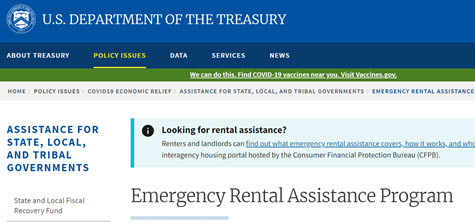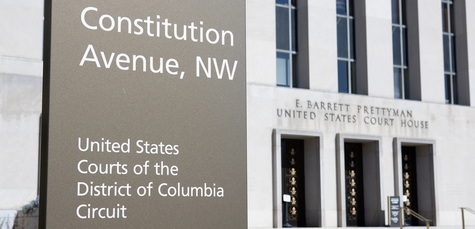Real Estate Roundtable President and CEO Jeffrey DeBoer expressed strong concerns following the Sept. 10 release of Senate Finance Committee Chairman Ron Wyden’s (D-OR) draft legislation to restructure pass-through tax rules and raise $172 billion in additional tax revenue from the country’s 4 million partnerships and LLCs. (Wyden Draft, Proposal Overview and Summary)
Possible Economic Disruption
- DeBoer stated, “Partnerships are used to bring parties together to create and grow businesses that propel job creation, new investment, and productive economic activity. Partnerships contribute immensely to the culture of dynamic entrepreneurship and risk-taking that is missing in many parts of the world where business activity is dominated by large, public corporations. In this current environment, Congress should be working on ways to encourage and strengthen partnerships, not cut their knees out from under them.”
- Over the last several decades, partnerships have grown to become a dominant form of business organization in the United States, accounting for $8.7 trillion in annual business receipts and $34.3 trillion in total assets, according to the IRS.
- Senator Wyden’s proposal, if enacted, could have enormous and unanticipated consequences for U.S. real estate, capital investment, and economic activity. Real estate, rental, and leasing businesses represent more than half (50.4 percent) of all partnerships.
- “The Chairman’s proposal is big, comprehensive, and not yet vetted in any meaningful way. Partnership taxation is a complicated area of the law that has evolved over decades. The proposals would apply retroactively to economic arrangements negotiated years ago. Past experience with retroactive changes to partnership tax law, in 1986, generated huge and damaging economic disruption, including massive bankruptcies, stress on all lenders, and the end of the saving and loan industry. We don’t need that kind of rash policy action again,” DeBoer added.
Details 
- Proposals in Chairman Wyden’s discussion draft that would have a significant impact on real estate partnerships include:
- Modifying the rules for determining whether a partner has recourse debt with respect to partnership property. The provision would require all partnership debt to be allocated in accordance with partnership profits except where a partner is the lender (sec. 752).
- Restricting the methods available for allocating the tax attributes of contributed property among the partners in a partnership by mandating the remedial method under section 704(c).
- In the case of property contributed to a partnership with built-in gain, requiring gain recognition by the contributing partner if the property is subsequently distributed to another partner, even if the distribution occurs after 7 years (e.g., the “mixing bowl” rule that currently applies for 7 years would apply forever).
- Mandating partnership basis adjustments that relate to disparities between inside and outside partnership basis that arise due to partnership distributions or transfers of partnership interests. These basis adjustments are currently elective under section 754 and mandated in only certain substantial cases in sections 734 and 743.
- Other provisions in the draft legislation would: eliminate substantial economic effect as a basis for partnership allocations and instead require partnerships to make allocations in all instances based on the “partners’ interests in the partnership” standard (except in certain “abusive” situations involving related partners). Among the other proposed changes, the bill would also subject publicly traded partnerships that earn qualifying passive income to corporate-level taxation.
The Wyden proposal comes as Congressional Democrats are seeking new revenue sources to finance their ambitious $3.5 trillion human capital initiative.
# # #
















